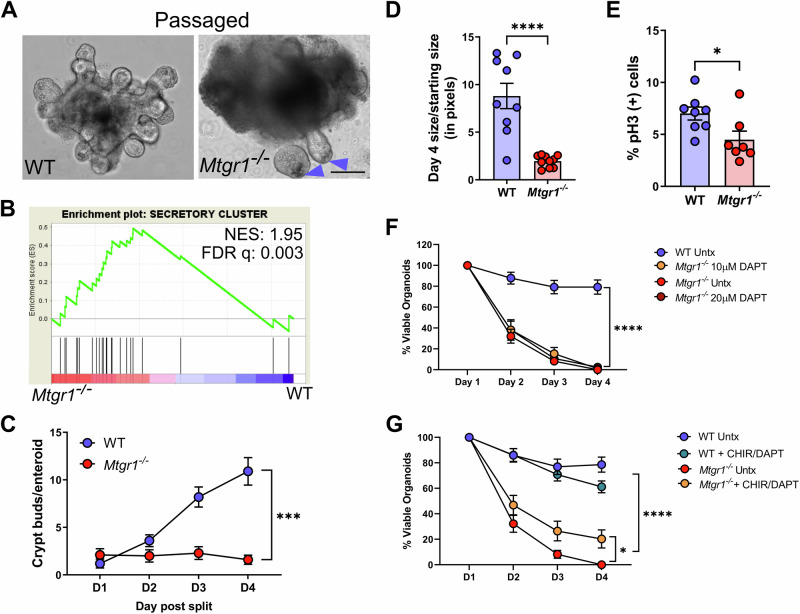Fig. 7. Secretory differentiation promotes, but does not rescue, survival of Mtgr1 null enteroids.
A Representative images showing passaged WT enteroids and Mtgr1−/− enteroids. Passaged WT and Mtgr1−/− enteroids both had discernable Paneth cells in the crypt base (arrows). Scale bar = 200 µm. B Gene set enrichment analysis (GSEA) of passaged Mtgr1−/− enteroids against secretory cell associated genes. NES normalized enrichment score. Significance indicated by FDR q value. C Quantification of crypt buds per passaged enteroid post-split, n = 10 enteroids per genotype. D Passaged enteroids were imaged at day 1 and day 4 post-passage and enteroid area measured via ImageJ. Change in size was calculated by dividing day 4 measurements by those taken at day 1. n = 10 enteroids per genotype. E Passaged Mtgr1−/− enteroids were fixed and stained with phospho-histone H3 (pH3) to mark proliferative cells. Quantification shown as percent pH3-positive cells per high powered field (HPF). n = 8 WT and 7 Mtgr1−/− HPFs. F Enteroids were plated and overlaid with media containing indicated concentrations of the gamma secretase inhibitor, DAPT. Enteroids were counted daily and normalized to day 1 numbers. n = 7 WT and 8 Mtgr1−/− wells per condition. G WT and Mtgr1−/− enteroids were plated and supplemented with 3 µM of CHIR-99021 (CHIR) and 10 µM DAPT. Enteroids were counted daily and normalized to day 1 numbers. n = 8 wells per condition. Enteroid numbers were assessed daily and normalized to day 1 results. *P < 0.05, ***P < 0.001, ****P < 0.0001, significance indicated by FDR q value (B), two-way ANOVA (C, F, G), and Student’s t test (D, E).

